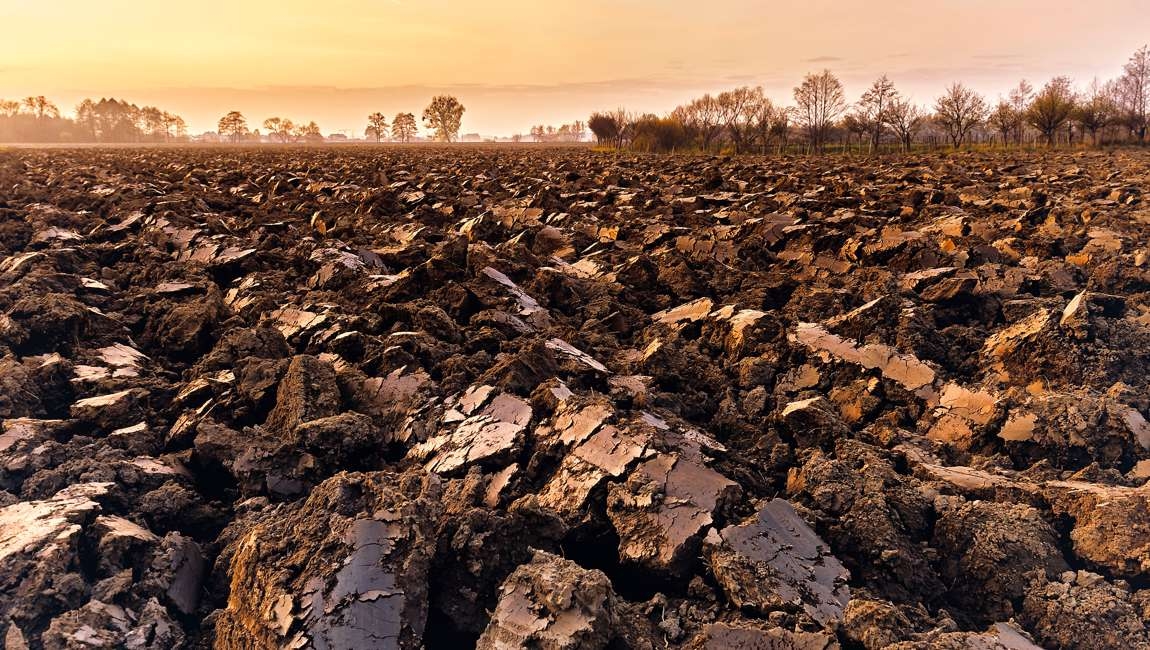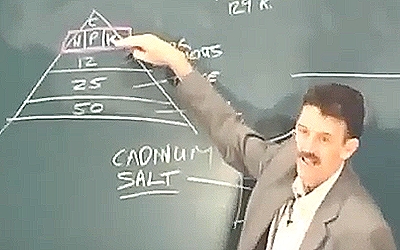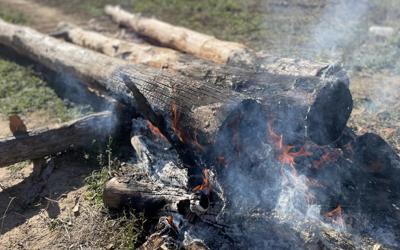Let’s take a look into the life of a farmer. We’re about to plant some crops and obviously want to make money from it. We consider ourselves to be reasonably ethical about the use of our land. But if we want to make some money we need to have an abundance of a good healthy crop. Like said we’re reasonably ethical and therefore we do not like to use any poison or chemicals on our products. We do want them to grow big and healthy so we will use a fertilizer to give the crops a boost in nutrients.
What we need to know about fertilizers is that they are usually a mix of NPK (Nitrogen, Phosphorus and Potassium), sometimes mixed with some added trace elements. All these elements need to be locked in by something else in order for them to be stable. Usually cadmium salt is used for this. This makes the fertilizer water soluble so it can be washed in with rain or irrigation. Because of the salt based fertilizer, the plants are taking in more water with the nutrients and get bloated and big in no-time.
In typical agriculture we are mainly focusing on a mono-culture system. For the right insects, these fields become a paradise of ongoing plant species which are their favorite food. These fields therefore soon will become very obvious for these insects. Sooner or later we are destined to stumble upon an insect problem. Obviously the last thing we need after investing so much time and money in our crops, is that they will be destroyed by a pest. This is the moment we might decide to start using a little bit of pesticide to control the insect population that is munching away on our precious crops.
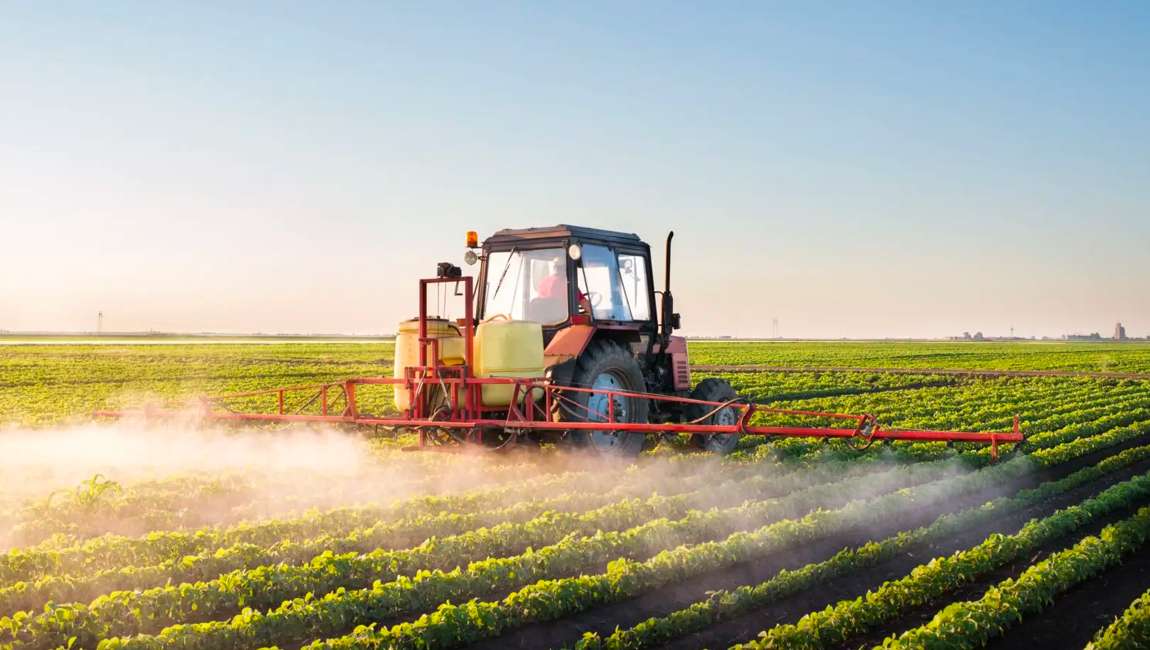
Unfortunately this pesticide doesn’t just kill the ‘harmful’ insects. Gravity takes the pesticide down into the soil where it also kill the worms, ants and other (micro)organisms living in and on top of the soil. These micro-organisms are super important in maintaining the structure and the health of the soil. They make sure the soil has air pockets and water is able to pass. They help improving the soil structure that we desperately need in order to produce healthy plants.
At a sudden moment we might go into a rainy season, have unexpected extra rainfall or a more humid air that will make the plants more susceptible to get a fungi problem. Since there has been such an investment in the crops already(preparing the fields, the seeding, the fertilizing, the irrigating and pest-control), we might need to compromise again and put down a fungicide in order to protect the crop from being ruined.
As to be expected, this also will end up in the soil. The same soil which can have a fungal structure that can easily spread out up to 6 kilometers in every square meter. These fungi are interacting with the plants and trees and providing them with the necessary elements they need for their growth. Needless to say, the fungicide will not only kill the fungi on the plants but will also kill this important network in the soil.

By now the soil is slowly collapsing. Nature’s response is to automatically start repairing the damaged soil by bringing in plants with a reparative character. We usually refer to these plants as weeds. Obviously we do not want these weeds in between our crops! So as a last resort we decide to put on a herbicide to control the weeds.
As a result this soil has little to no life and very little air and water space is remaining. The soil is slowly collapsing. Water starts to run off instead of soaking in. The only thing we can do now is to start ploughing the soil. We break it open so we manually bring back air in the soil and ways for water to be absorbed. By doing this we obviously damage the last remaining bit of soil. The soil will start to erode and will be washed away bit by bit with every rainfall. The soil is dead, without structure, without life.
Soil can only be repaired with the help of nature. Biodiversity in the soil cannot be created from within a lab in the same way that nature is able to do this. We can start creating and repairing soil by making compost and helping nature by selecting the right ratio of components. But at this very moment we cannot compete with the rate at which soil is being destroyed. This needs to change!!
Of course there are other drivers of soil degradation like deforestation, urban expansion, pollution and waste disposal which need to be dealt with as well, but as for agriculture the solution actually seems quite simple. It lies within diversity.
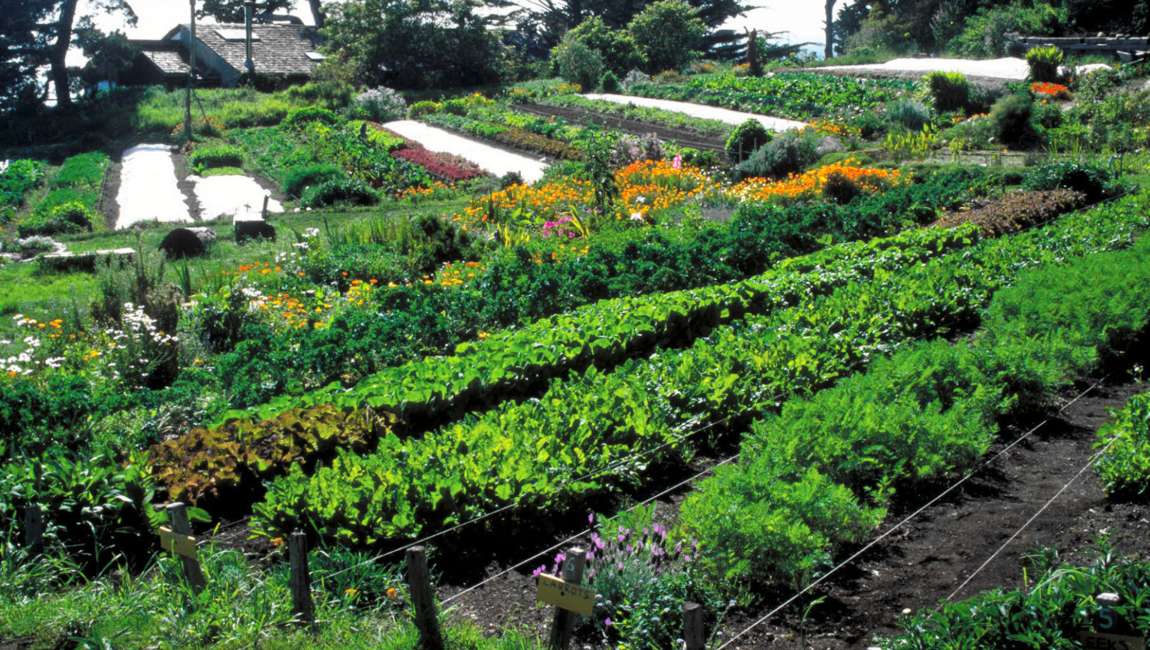
There is more for your pleasure...
See a lecture from Geoff Lawton about this topic as well

